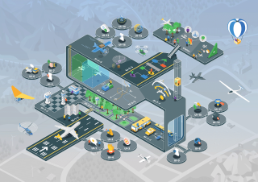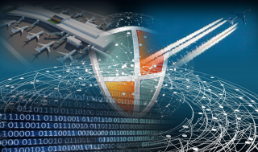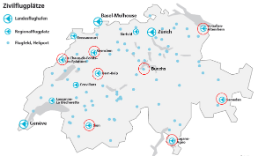
LFN
The Low Flight Network (LFN) is a Swiss flight route network that enables rescue and emergency flights by helicopters even in bad weather. The LFN was originally set up on the initiative of Rega and the Swiss Air Force. The FOCA is working with the relevant partners to develop such a system.











